Get ready to be amazed by the stunning grace and dexterity of the hummingbirds found across the American continent. These fascinating birds, known for their colorful feathers and incredible flying abilities, have captured the attention of bird enthusiasts and nature lovers alike. Come along with us on an exciting adventure as we delve into the lively and agile realm of hummingbirds, uncovering their distinctive traits, environments, and the remarkable impact they have on the ecosystem.
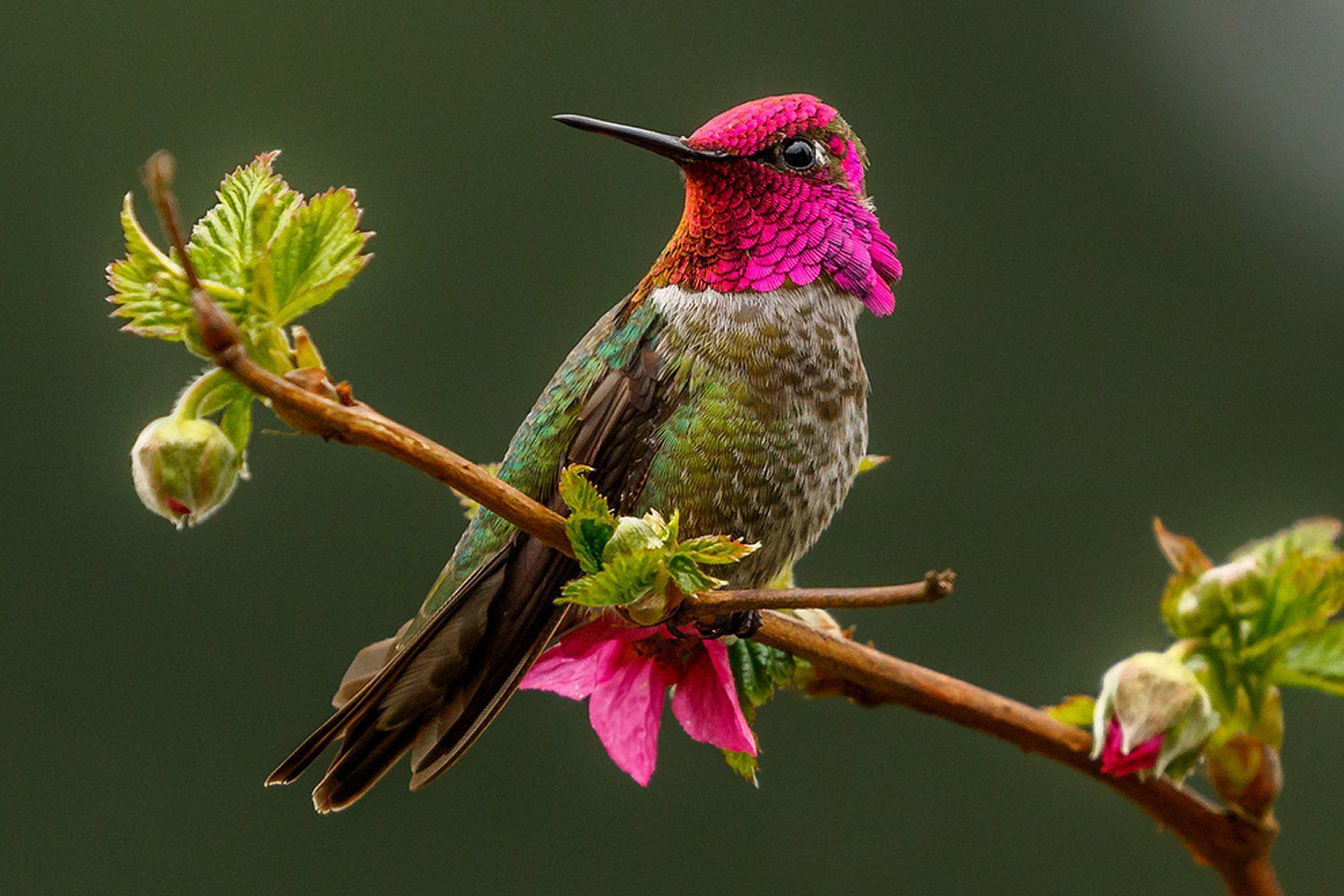
Hummingbirds are famous for their spectacular range of colors that dazzle the eyes. These colors include lively greens, blues, fiery reds and vibrant oranges. With their iridescent feathers, they create an enthralling display as they fly through the air. This makes them true aerial jewels that are a sight to behold. Get to know the different types of hummingbirds and their unique feather patterns, which further add to the charm of these petite feathered creatures.
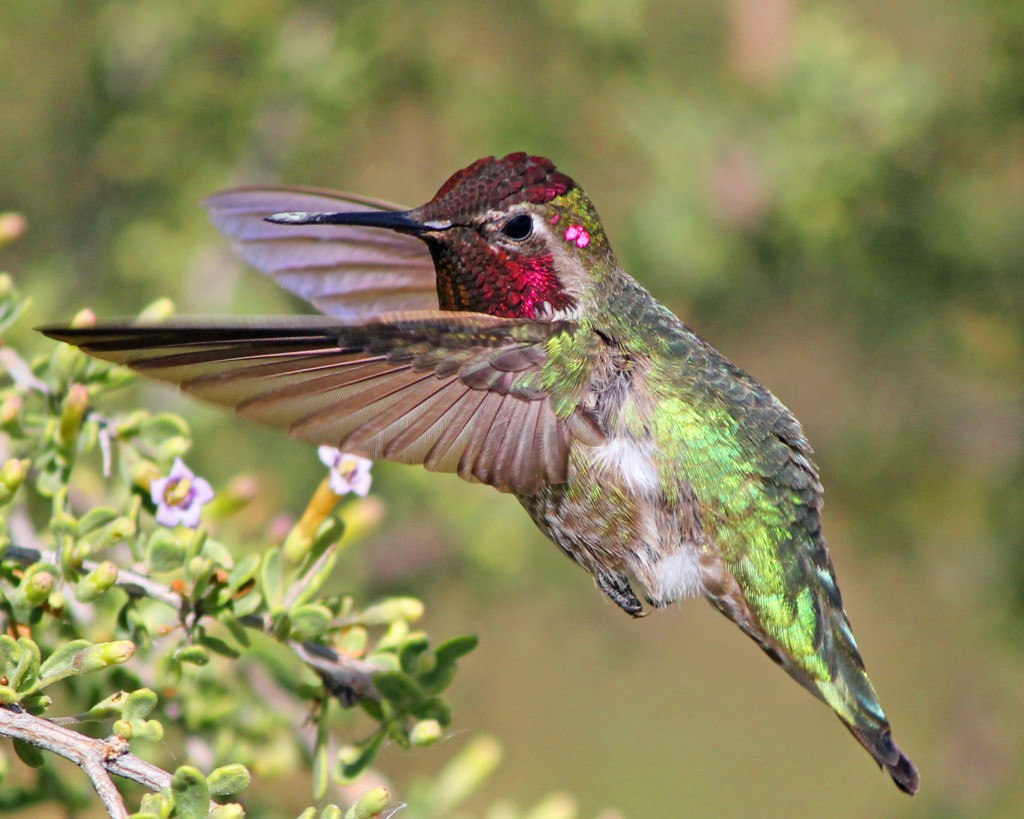
Hummingbirds are known for their impressive flight skills and unique adaptations. Their wings can beat rapidly, resulting in effortless hovering, backward flying, and quick direction changes. Their slim and long bills, along with extendable tongues, are perfectly designed for sipping nectar from flowers, making them crucial pollinators. By exploring the complexities of their flight and the adaptations that help them survive in diverse habitats, we can discover more about these remarkable birds.
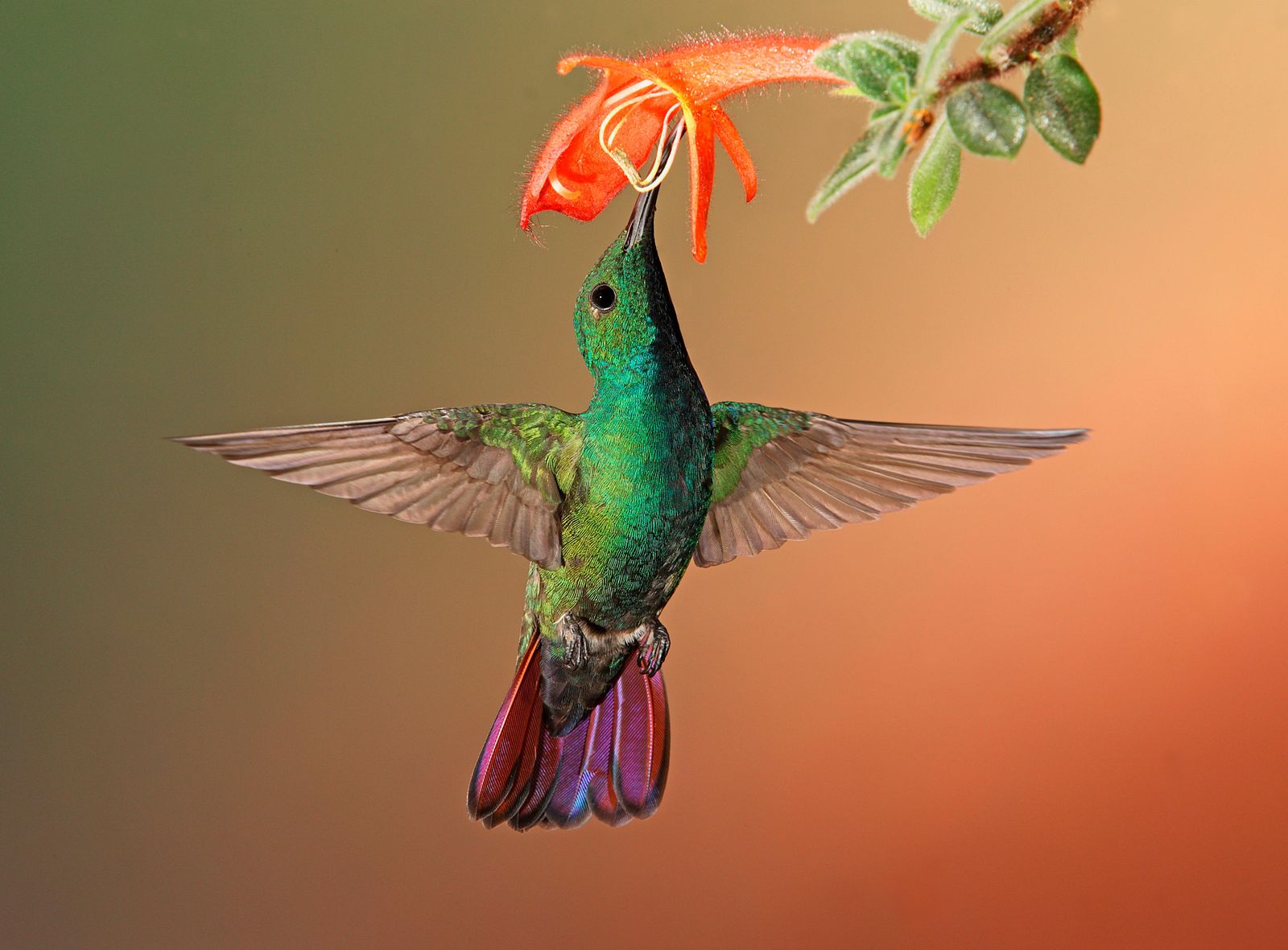
Hummingbirds are widespread throughout the Americas, thriving in a range of environments from South American rainforests to North American mountains. Their preferred habitats include tropical rainforests, gardens, and even high-altitude areas. It’s interesting to note that each species has distinct habitat needs, which contributes to their remarkable adaptability and versatility. Appreciating their diverse range and distribution can help us better understand these amazing creatures.
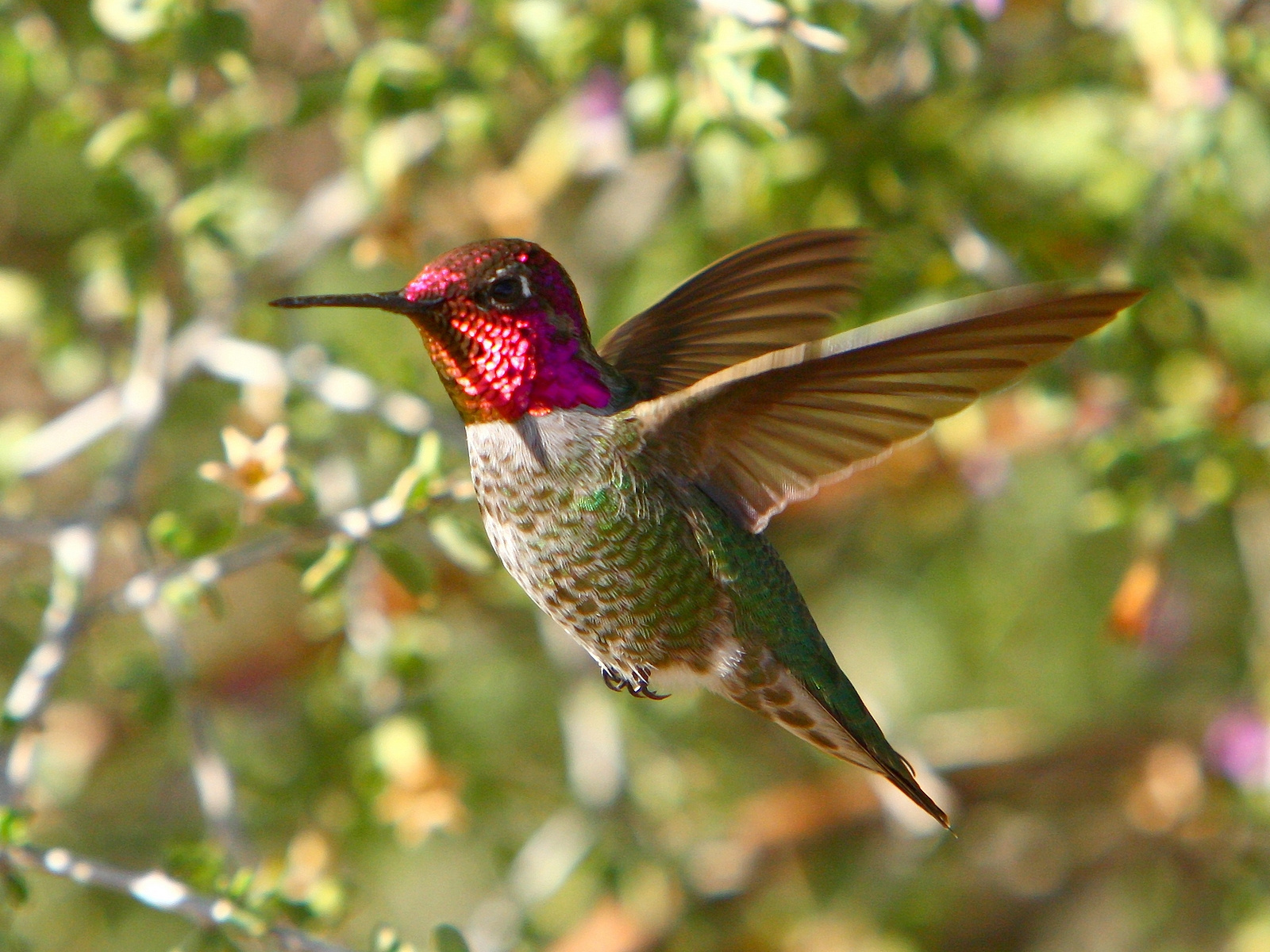
Let’s delve into the eating habits and food choices of hummingbirds, who mostly rely on flower nectar. These tiny creatures are capable of consuming a whopping 50% of their body weight in nectar every day, which is absolutely remarkable! Additionally, we’ll discover how they heavily depend on plants that produce nectar and the crucial part they play in pollination. This makes them extremely important contributors to maintaining ecological equilibrium in their respective habitats.
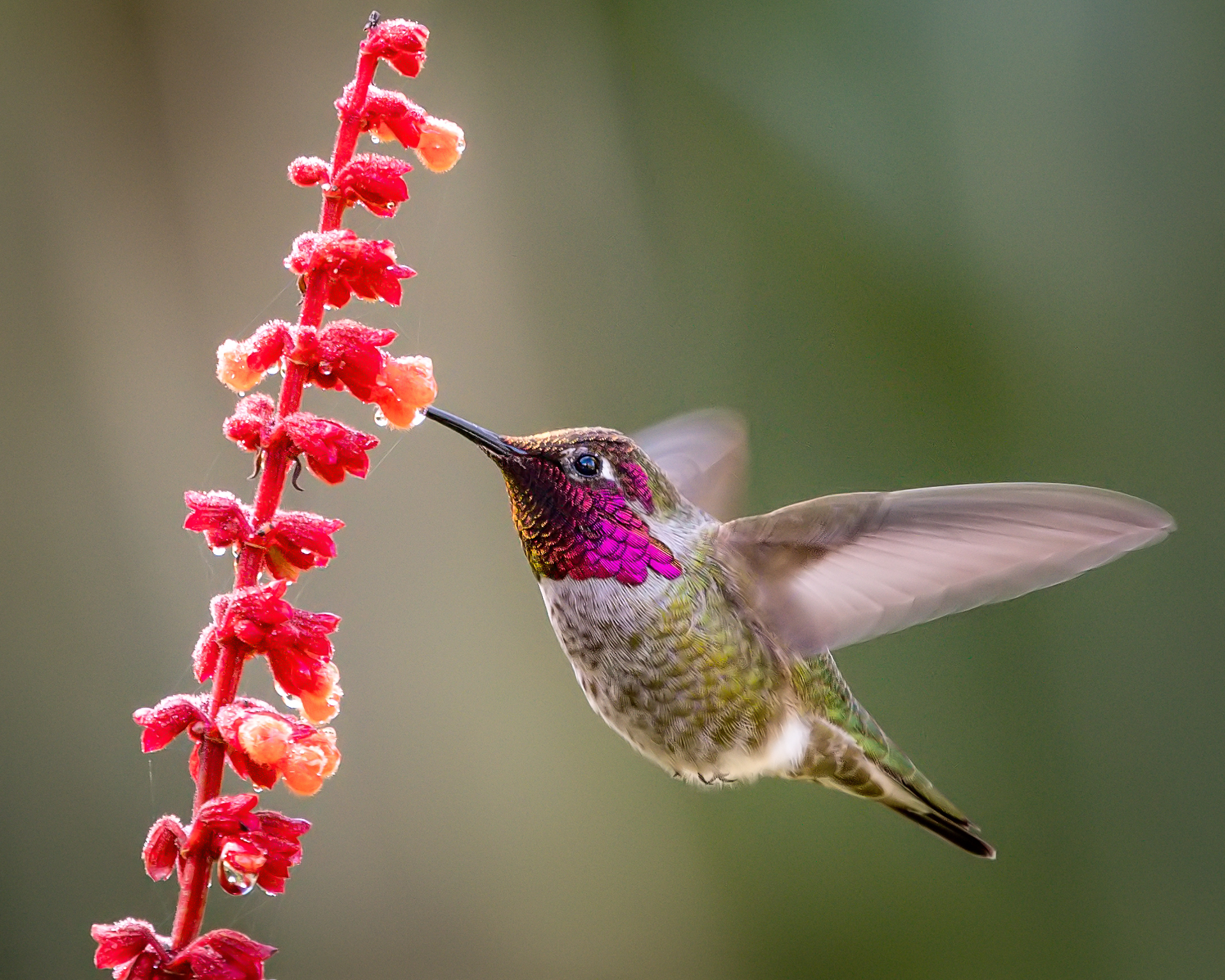
Hummingbirds may be tiny, but they are not exempt from the challenges that come with conservation efforts. These challenges include loss of habitat, climate change, and human threats. However, there are ongoing efforts to protect these delicate creatures and their habitats. It is important for us to raise awareness and adopt sustainable practices to aid in their preservation. Our efforts today will ensure that these magnificent aerial jewels are available for future generations to appreciate.
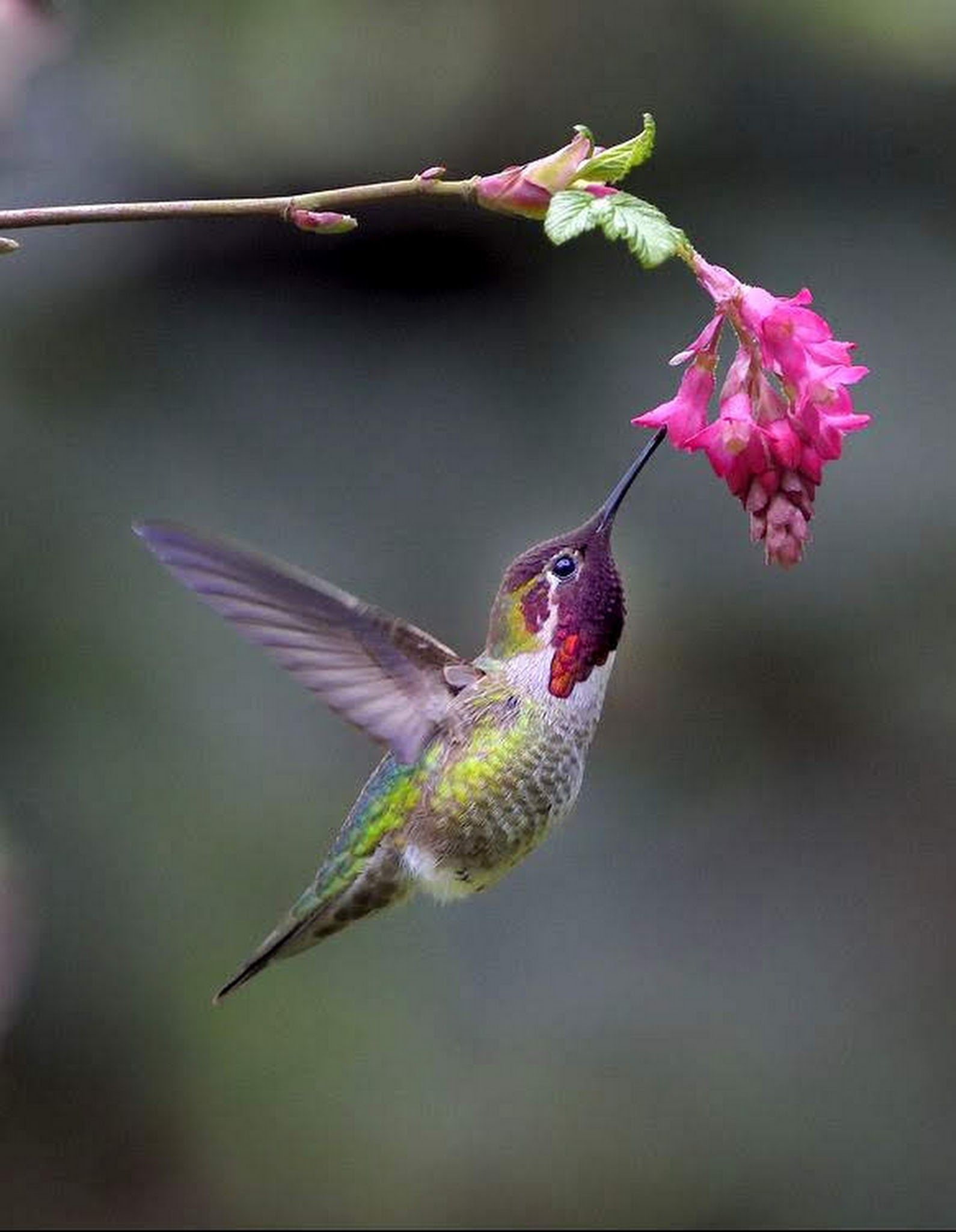
In conclusion, hummingbirds are truly remarkable birds that display an unparalleled level of vibrancy and agility. These tiny creatures boast breathtaking colors and possess the ability to navigate through the air with exceptional nimbleness. Furthermore, their importance in maintaining ecological balance cannot be overstated, making them a vital part of our natural world.
As we take the time to explore the fascinating world of hummingbirds, we gain a deeper appreciation for the diverse beauty that nature has to offer. It is important that we do all that we can to protect these incredible flying jewels and the habitats that sustain them. By celebrating and cherishing these extraordinary creatures, we can ensure that their presence and allure will continue to captivate us for years to come.
